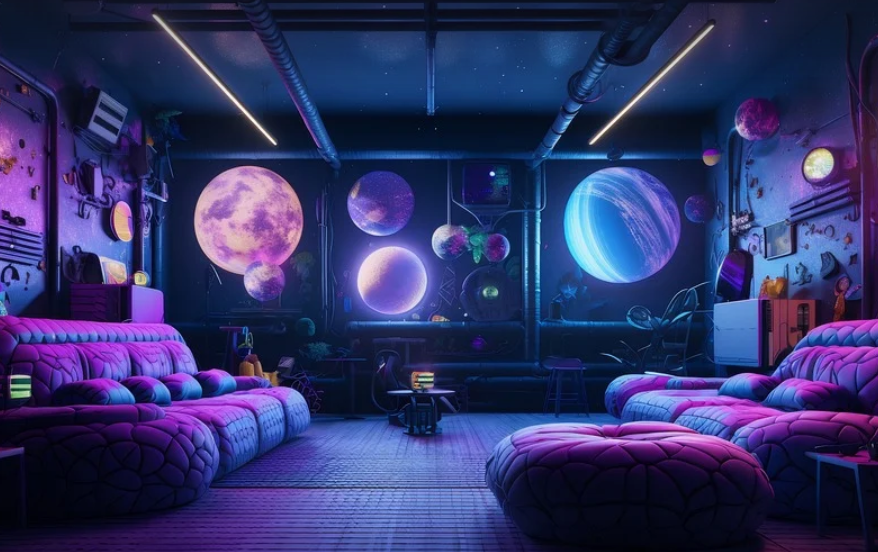
Creating a Unique Reading Experience
We all have that special book in our lives, the one we hold near and dear, the one with its own story to tell. Museums often house these treasures, but what about bringing readers into their world? That’s where museum bookstores come in, offering a space for exploration beyond the exhibits themselves. A truly successful museum bookstore isn’t just about selling books; it’s about creating an immersive experience that connects visitors with the museum’s story and its collections in unique ways. It’s about transforming a simple bookshelf into a portal to knowledge, inspiration, and discovery. It’s about creating a haven for readers where historical artifacts are not only displayed but also become a catalyst for thought-provoking conversations and deeper understanding.
The Power of Story Telling
One of the key ingredients in this kind of space is storytelling. A captivating narrative doesn’t just happen around bookshelves; it becomes an integral part of the bookstore’s design, weaving its magic across every surface. The walls will likely feature exhibits that showcase the museum’s collection or highlight specific themes. The layout itself can be a story teller in and of itself. For instance, a section dedicated to children’s books could form a whimsical world, complete with hand-painted murals and cozy reading nooks where young readers can lose themselves in adventure. A curated display about the history of the region might be set against a backdrop that evokes the era, like antique maps or historical photographs.
Integrating Design Styles
While storytelling is vital, it’s also crucial to ensure the interior design complements the museum’s overall aesthetic and theme. The bookstore should seamlessly blend into its surroundings; for example, if the museum has a Victorian-era charm, so should the bookstore’s interior feel and layout. The choice of materials—wood, stone, aged brick—will enhance the historical atmosphere, while contemporary design elements can introduce unexpected modern touches. Think about using salvaged architectural elements or incorporating natural light to create a sense of spaciousness.
Making it User-friendly
A museum bookstore should be accessible and easy to navigate for all visitors. The layout should encourage exploration without being overwhelming; perhaps the books are organized by genre, theme, or even historical period. Dedicated staff members can help visitors with their queries and offer personalized recommendations based on their interests, creating a sense of support and engagement.
Lighting: The Unsung Hero
Lighting is crucial in any bookstore, but it takes on extra significance in a museum setting where the books often hold stories within their own pages. Warm lighting creates a cozy and inviting atmosphere, while spotlights can highlight specific displays or artwork. Even subtle changes in color temperature can impact mood and perception: an ethereal hue can evoke mystery, while a warm glow can foster a sense of belonging.
Sensory Exploration
The experience should extend beyond sight, engaging all five senses. A curated selection of audiobooks could be available for those seeking a more auditory journey. The use of scents—perhaps an aroma reminiscent of old paper and leather—can further enhance the overall feeling of immersion in the museum’s story.
Creating Community
Ultimately, a successful museum bookstore should foster a sense of community among visitors. Events like reading groups, author talks, or book signings can offer unique opportunities for connection and shared discovery. The bookstore could even host workshops on writing or creative exploration, providing a space for intellectual engagement and exchange.
Beyond the Books: A Hub of Knowledge
A museum bookstore is more than just a place to buy books; it’s an immersive experience that connects visitors with history, culture, and ideas. When meticulously designed, it can become a hub for knowledge and inspiration, serving as a bridge between the past and the present.


